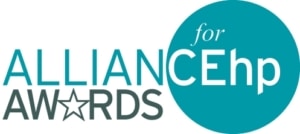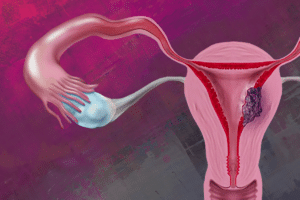 According to a study published in BMJ, adolescents suffering from depression can benefit just as much from specialized computer therapy as they do from one-to-one therapy with a clinician.
According to a study published in BMJ, adolescents suffering from depression can benefit just as much from specialized computer therapy as they do from one-to-one therapy with a clinician.
Using SPARX, an interactive 3D fantasy game, researchers from the University of Auckland, New Zealand, set out to assess whether a new innovative computerized cognitive behavioral therapy intervention could reduce depressive symptoms as much as usual care can in adolescents who may be reluctant to seek professional help.
In SPARX a single user undertakes a series of challenges to restore balance in a virtual world dominated by GNATs (Gloomy Negative Automatic Thoughts). It contains seven modules designed to be completed over a four to seven week period. Usual care mostly involved face-to-face counseling by trained clinicians.
The research team carried out a randomized controlled trial in 24 primary healthcare sites across New Zealand. All 187 adolescents were between the ages of 12 and 19, were seeking help for mild to moderate depression and were deemed in need of treatment by primary healthcare clinicians. One group underwent face-to-face treatment as usual and the other took part in SPARX. Participants were followed up for three months and results were based on several widely used mental health and quality of life scales.
Results showed that SPARX was as effective as usual care in reducing symptoms of depression and anxiety by at least a third. In addition significantly more people recovered completely in the SPARX group (31/69 (44%) of those who completed at least four homework modules in the SPARX group compared with 19/83 (26%) in usual care).
The authors conclude that SPARX is an “effective resource for help seeking adolescents with depression at primary healthcare sites. Use of the program resulted in a clinically significant reduction in depression, anxiety, and hopelessness and an improvement in quality of life.” They suggest that it is a potential alternative to usual care and could be used to address unmet demand for treatment. It may also be a cheaper alternative to usual care and be potentially more easily accessible to young people with depression in primary healthcare settings.
Source: BMJ
SPARX link







